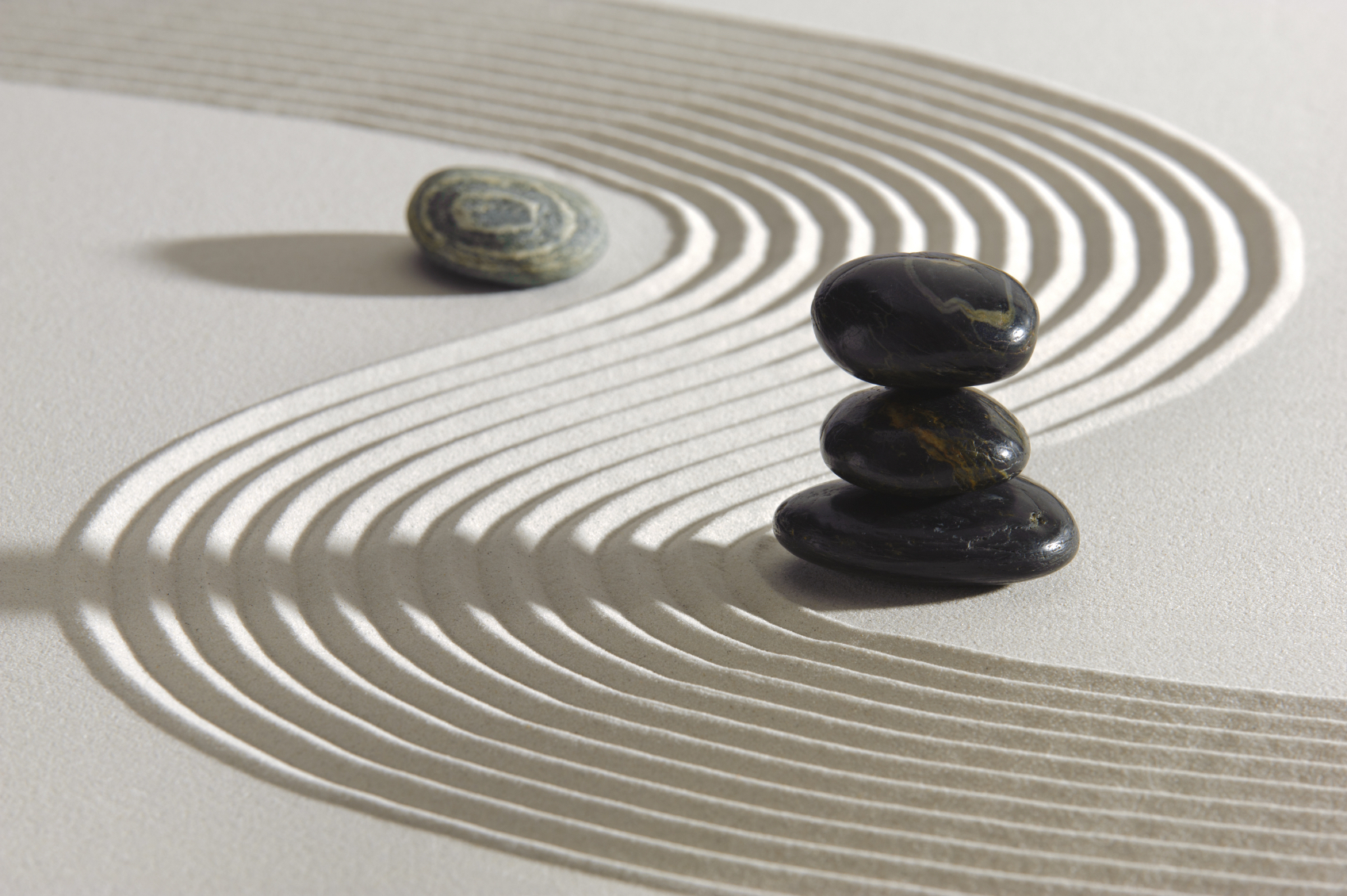Perfectionism has its place but you have to be careful about what  place you give it in your work. Like everything in this world, perfectionism has a front and a back. The bigger the front, meaning the bigger the place you give it, the bigger the back, meaning the bigger the problems you’re probably encountering as a result of your perfectionism. Like everything else, it comes down to finding equanimity with it.
place you give it in your work. Like everything in this world, perfectionism has a front and a back. The bigger the front, meaning the bigger the place you give it, the bigger the back, meaning the bigger the problems you’re probably encountering as a result of your perfectionism. Like everything else, it comes down to finding equanimity with it.
Not balance. Equanimity. Balance implies that there’s a perfect, fixed way to be and that’s a delusion that can trap you in a narrow loop of possibilities. Equanimity is more fluid. Sometimes it works to hold out for the perfect and other times it works to err on the side of the imperfect. The old adage that “the good was lost in pursuit of the great” describes the downside of holding out for perfection instead of moving forward on strong enough ground. Balance never moves beyond a fulcrum point but you can reach equanimity at every new frontier.
Overcoming the kind of perfectionism that traps you requires discernment. Ask yourself this: Are you doing perfectionism or is it doing you? In other words, can you apply high standards at times and release those standards at other times or are you stuck with one idea of how things should be? When you’re doing perfectionism, you’re going for excellence and that’s never stressful. Stretching for excellence is a flow, not a stress mechanism. When perfectionism is doing you, you’ll feel like you’re straining. When you’re going for excellence, it feels more like you’re streaming.
Are you stressed about getting everything “right?” Are you constantly thinking and talking about what’s wrong with everyone and every thing? Are you stuck in the status quo? Do you constantly feel like “this isn’t it”? Are you always striving and never arriving? Do you feel like you have all the information you need yet have a subtle sense that you function in a vacuum? Do you have a general attitude of righteousness or the belief that somehow you’re always right? Does your team lack vitality? Do I always “should” on myself and “should” on everybody else?
If your answer is yes to more than one of these questions, you may be trapped in a perfectionist loop that’s leading to personal dissatisfaction and team malaise. Even worse, you’re probably delivering less excellence than you could be and that means that you’ve got yourself set up in a perfectionism loop that can’t ever get you to the perfect.
Try re-framing your perfectionist leanings by translating them into standards of excellence. Excellence is always evolving and yet when we experience it, there’s a rush of satisfaction that never comes with the feeling of perfection. Ask yourself these questions to discern whether you’re in the flow of excellence: Am I appreciating? Does my vision keep evolving? Can I let go to discover possibilities that exist outside of my beliefs about what would be perfect? Do I feel joy? Do I let in information and inspiration, especially when it contradicts what I think I know? Do I invest in my team’s growing edges? Do I make room for the chaos that’s always necessary in the cycle of innovation? Is there vitality in my workplace?
When in doubt about whether you’re in the flow of excellence or the trap of perfectionism ask yourself: Am I stressing or stretching? Am I straining or streaming? If you feel like you may be limiting yourself with perfectionism, consider some executive counsel because discernment is hard to do alone. Also, perfectionists have lifelong habits that can be hard to see and manage from within your own mindset. More importantly, it’s especially easy for a perfectionist to shift into bad and wrong thinking and that will keep you looping in the status quo. A professional coach or consultant can help harness what works so that you get to do your perfectionism in ways that bring you deeper satisfaction and greater success.
by Dr. Joni Carley
www.JoniCarley.com
Author: The Alchemy of Power: mastering the invisible factors of leadership


